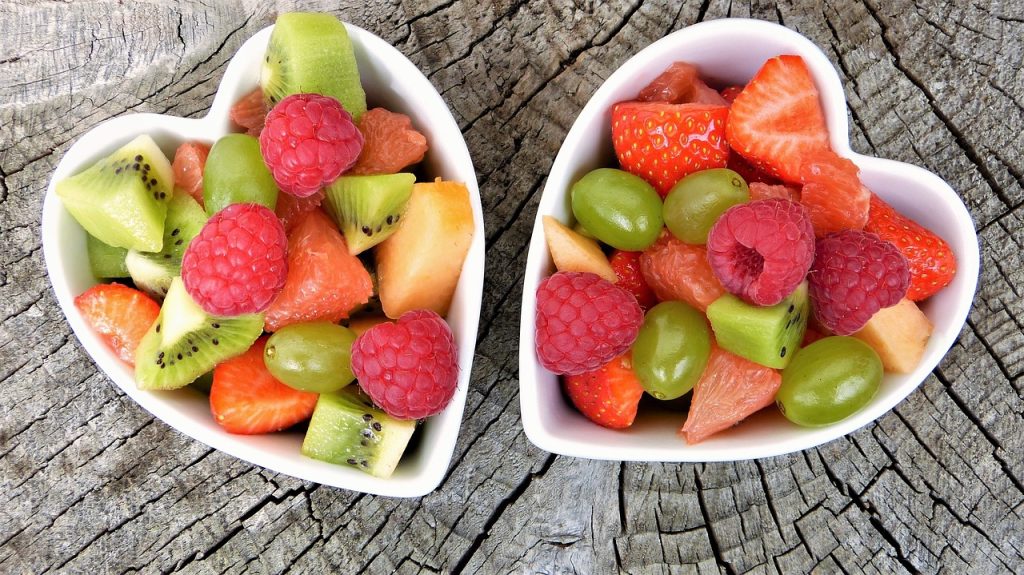Researchers developed a method to measure whether someone is getting enough vitamins and minerals based on tears.
Vitamin Tear
Collecting tears may be more pleasant for a patient than getting blood drawn. Maybe not for big tough guys, but for babies. Researchers at Michigan Tech tested the ability to determine how much and which vitamins someone has received through diet based on tears. They used mass spectrometry for this. They hope that by being able to detect nutritional deficiencies more easily and accurately, action can be taken more quickly and precisely. Currently, one often has to react to symptoms.
Tear versus blood
To validate this method, they conducted a test comparing the results with those of a blood test. 15 family pairs were invited, where both the child’s and one parent’s nutrition were measured using both methods.
They focused on babies who were exclusively fed formula or breast milk to investigate the relationship between the parent’s diet and that of the child. They also looked at the extent to which the parent’s diet consisted of healthy food.
The water-soluble vitamins B1, B2, B3, B5, and B9 were measured in tears to the same extent as in blood. Tears thus seem to be a feasible measuring instrument for this purpose. Vitamin E was also measured in both tears and blood, but to a lesser extent in tears than in blood. With enough data, formulas could be established to translate the values in tears into estimated blood values (and from there establish desirable ‘tear values’). The fat-soluble vitamin A was only found in blood.
Child versus parent
In addition, the researchers found that in general, babies had higher levels of water-soluble vitamins than the parents. Especially mothers often had a deficiency.
They also demonstrated a correlation in the amount of vitamin E and B between babies and adults. Children who were formula-fed were found to have higher levels of vitamin B.
Cry baby
Although not all vitamins were measured in tears (or in the same quantity as in blood), tears could thus be an alternative method in the future to detect vitamin deficiencies. If this could ensure that, for example, nutrition is adjusted before symptoms occur, this would be a great development.
Enough to make you cry.
Reference
- Maryam Khaksari, Lynn R. Mazzoleni, Chunhai Ruan, Robert T. Kennedy, Adrienne R. Minerick. Determination of water-soluble and fat-soluble vitamins in tears and blood serum of infants and parents by liquid chromatography/mass spectrometry. Experimental Eye Research, 2016; DOI: 10.1016/j.exer.2016.12.007

